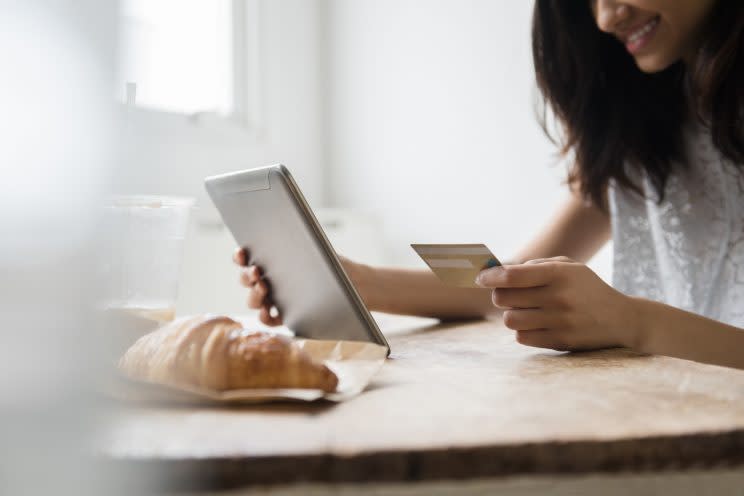The real reason why millennials are leaving banks

Over the past year, much has been made of the fact that millennials are ditching banks in search of alternative options. The thought was that adults 18 to 36 were using high tech apps and services to avoid fees levied by traditional banks. In fact, an Accenture report reveals that of the 11% of Americans who switched banks in 2015, 19% of them were millennials who often left because they found a cheaper product or a bank in a better location.
But the relationship isn’t as simple as it sounds. According to Alex Tabb, chief operating officer of Tabb Group, a financial markets research firm, millennials are ditching banks because they don’t have a choice.
“It turns out that millennials are not leaving the banks, but the banks are pushing out low-income members of the community, many of whom happen to be millennials,” Tabb told Yahoo Finance. “The banks are using complex and oftentimes opaque fee structures to drive poor performing customers out of the system.”
Tabb first shared his findings on the podcast Wall & Broadcast, where he discussed the startling reality that 10 million households in the US are unbanked, underbanked or de-risked (de-risking is the banking term for removing customers from the system who represent too much of a financial risk to the bank). The reality is that many banks use complex fee structures that are less than forgiving when a customer makes a mistake. Additionally, about 80% of all retail banks in the US use Chex systems, which tracks and shares customer banking information. In other words, if you get kicked out of one bank, other banks will see you as a risk, and may not allow you to open a new account.
Overdraft fees are one the biggest obstacles for millennials. Debit card overdraft protection, which allows users to complete a transaction even if they don’t have sufficient funds for the purchase, is something the federal government now requires customers to agree to. But according to Pew, 52% of overdrafters don’t recall opting into coverage. (You checked a box, but you didn’t really know what you were checking.)

Overdraft is just one fee cutting into your bottom line. According to MoneyRates.com, maintaining a checking account still costs Americans about $159 a year. This includes monthly maintenance fees, ATM fees, minimum balance requirements and overdraft fees. The reality is that nearly 47% of Americans say they couldn’t come up with the money for a $400 emergency, so you can imagine how $35 here, $25 there could do quick damage to one’s finances.
So after failing to pay fees and getting booted from their banks, millennials are then left with a handful of less-than-desirable options for stashing money and depositing checks.
“Millennials, who have a very limited credit history, are being pushed into the arms of payday lenders and title lenders, that historically might have only served a deeply financially stressed group of Americans, but increasingly is being viewed as almost mainstream providers,” said Tabb.
But it’s not hopeless: there are a few systems out there designed to assist millennials and others bumped from the traditional banking system. One option is an app called Paytoo, which is an electronic account and an alternative to a bank account. With Paytoo, customers can set up direct deposit, pay bills and send money. You can even order a prepaid debit card from Paytoo so that you can retrieve money from an ATM.
Bluebird by American Express also says it provides all the benefits of banking without the fees. Like Paytoo, Bluebird allows users to set up direct deposit and pay bills. It also has the mobile check capture option so that you can deposit checks directly from your smartphone.
While convenient, Tabb suggests users do their research and read the fine print. “Many of these systems are not banks and as such are not protected by the FDIC or other banking-related regulations,” he said.
Ultimately, banks are the only ones who can bring millennials back. According to Pew, banks could help the situation if they were more transparent about their fee structures, especially when it comes overdraft charges. Pew also found that banks and consumers would fare better if the banks provided more access to small-dollar credit programs for low-income families. Until that happens, it’s likely that the number of unbanked Americans will continue to grow.
Brittany is a writer at Yahoo Finance.
Read more:
The reasons why married men are working fewer hours than ever
The best dates to book airfare for Thanksgiving and Christmas

